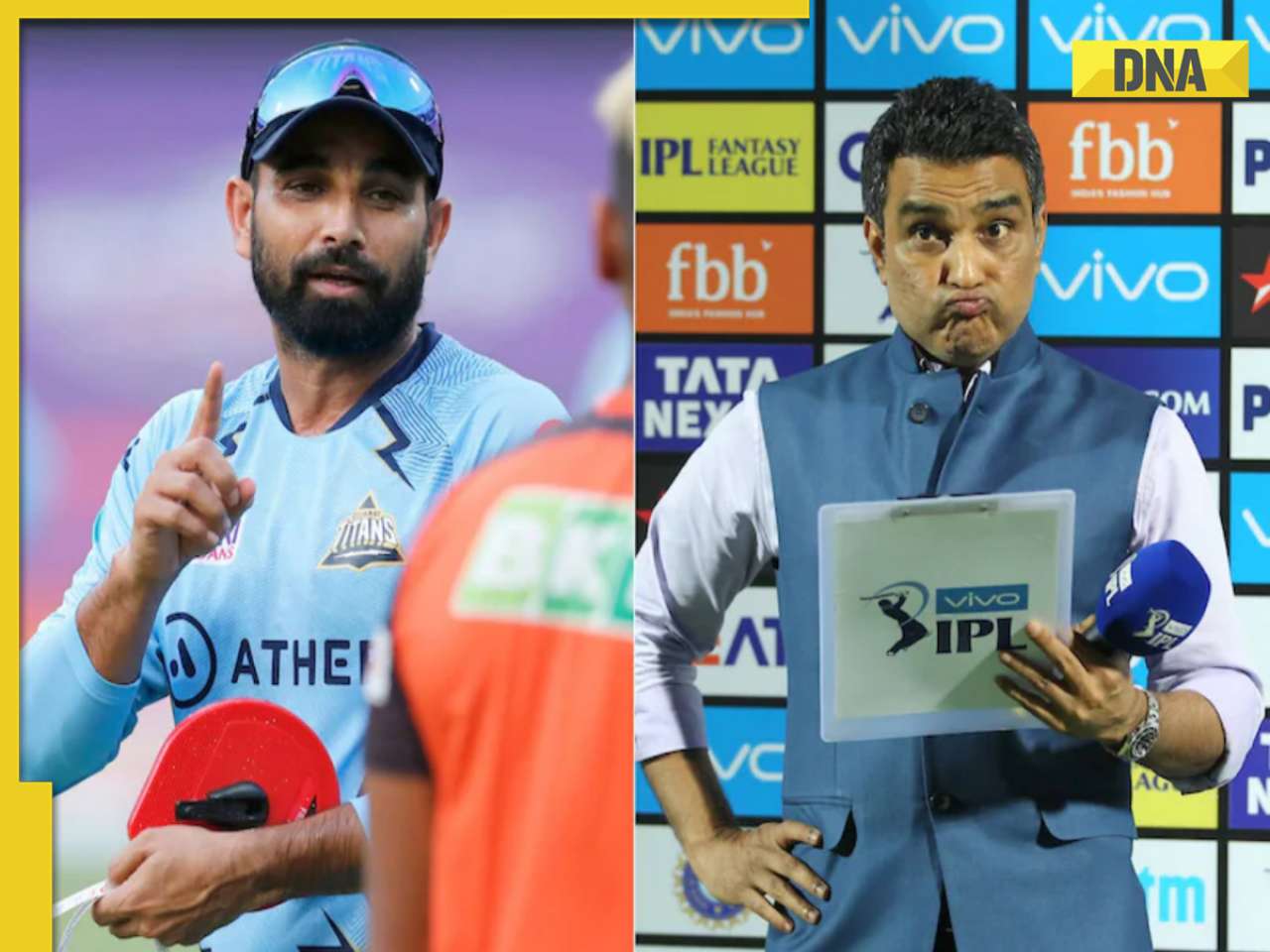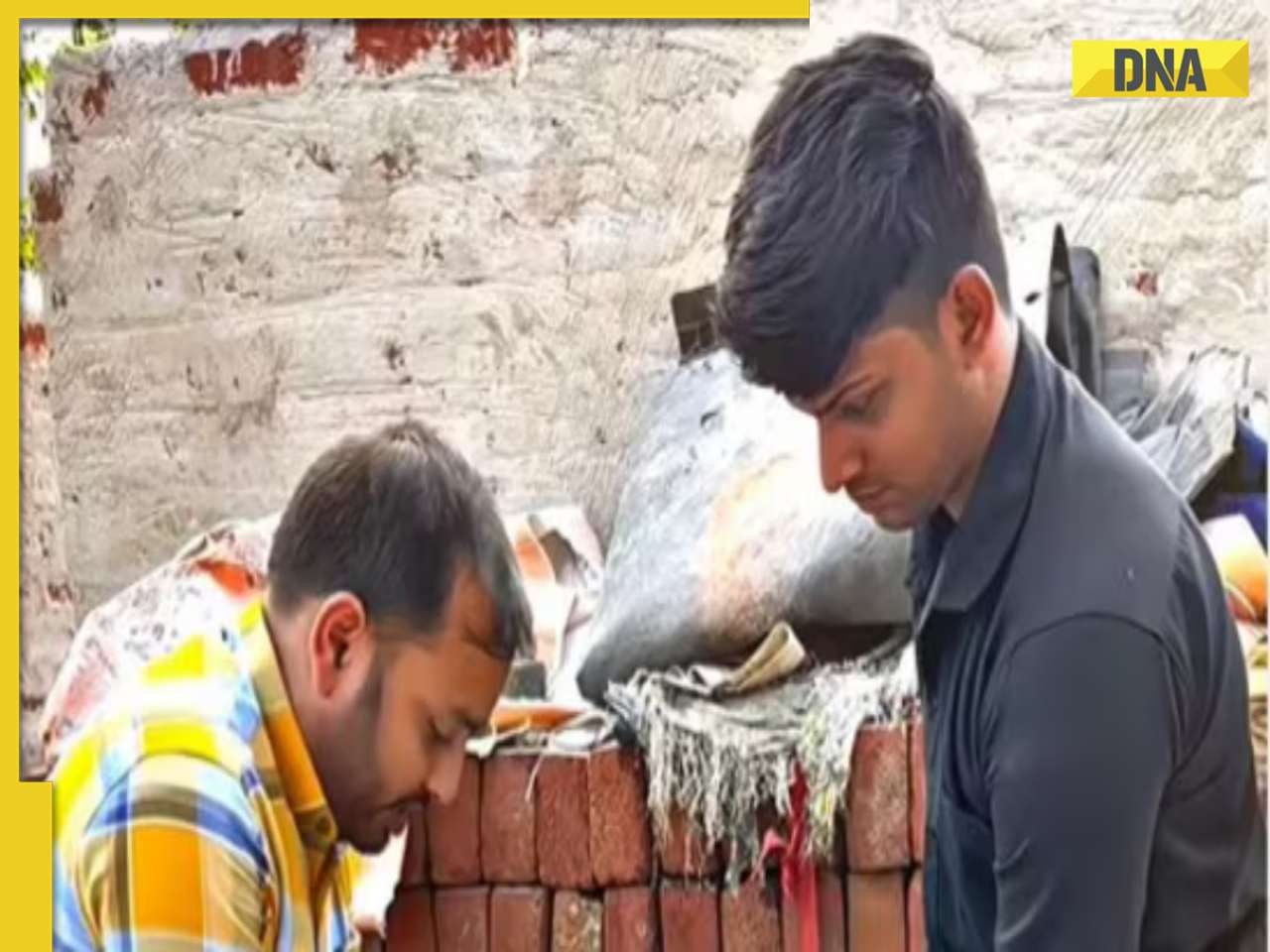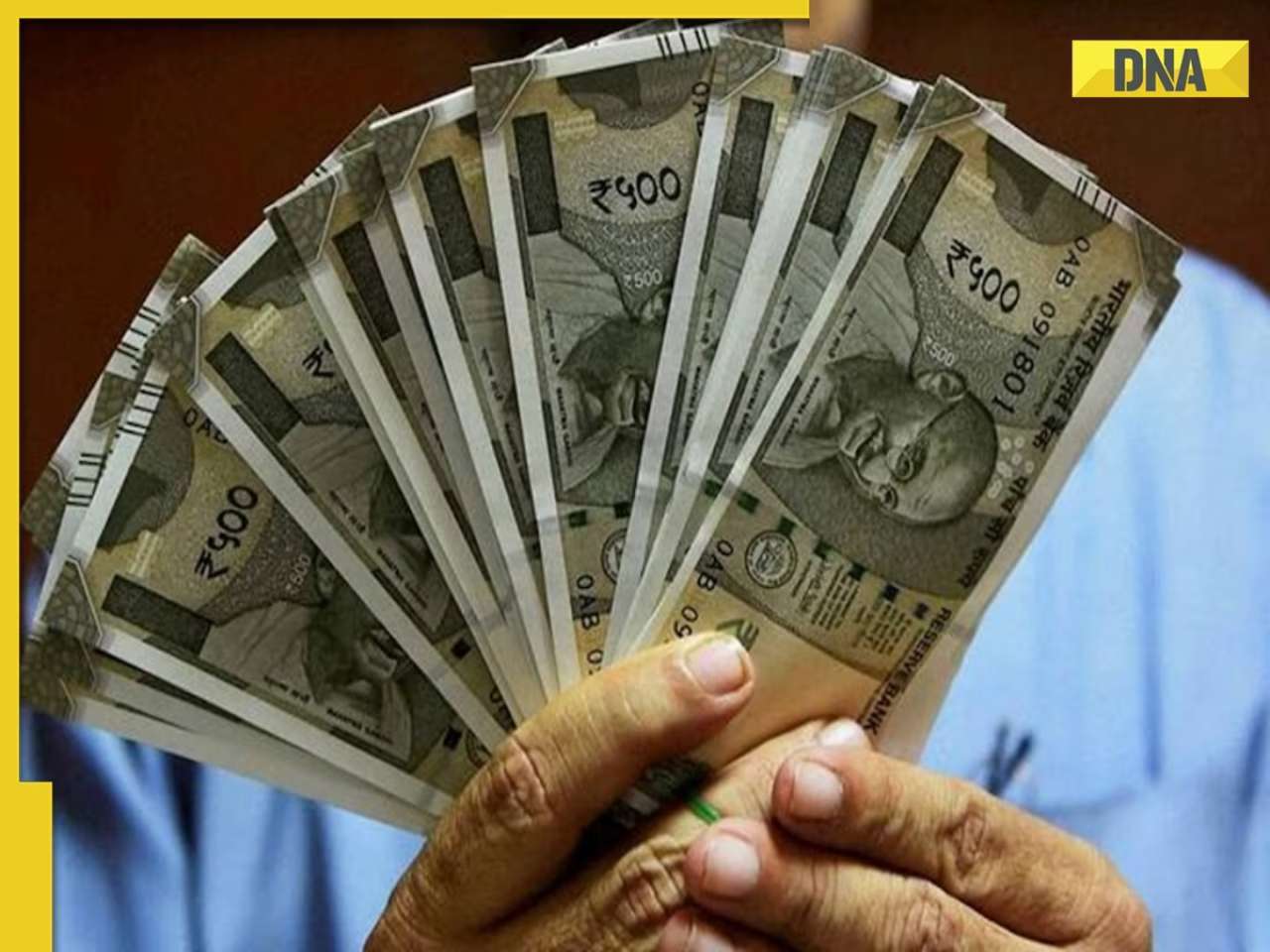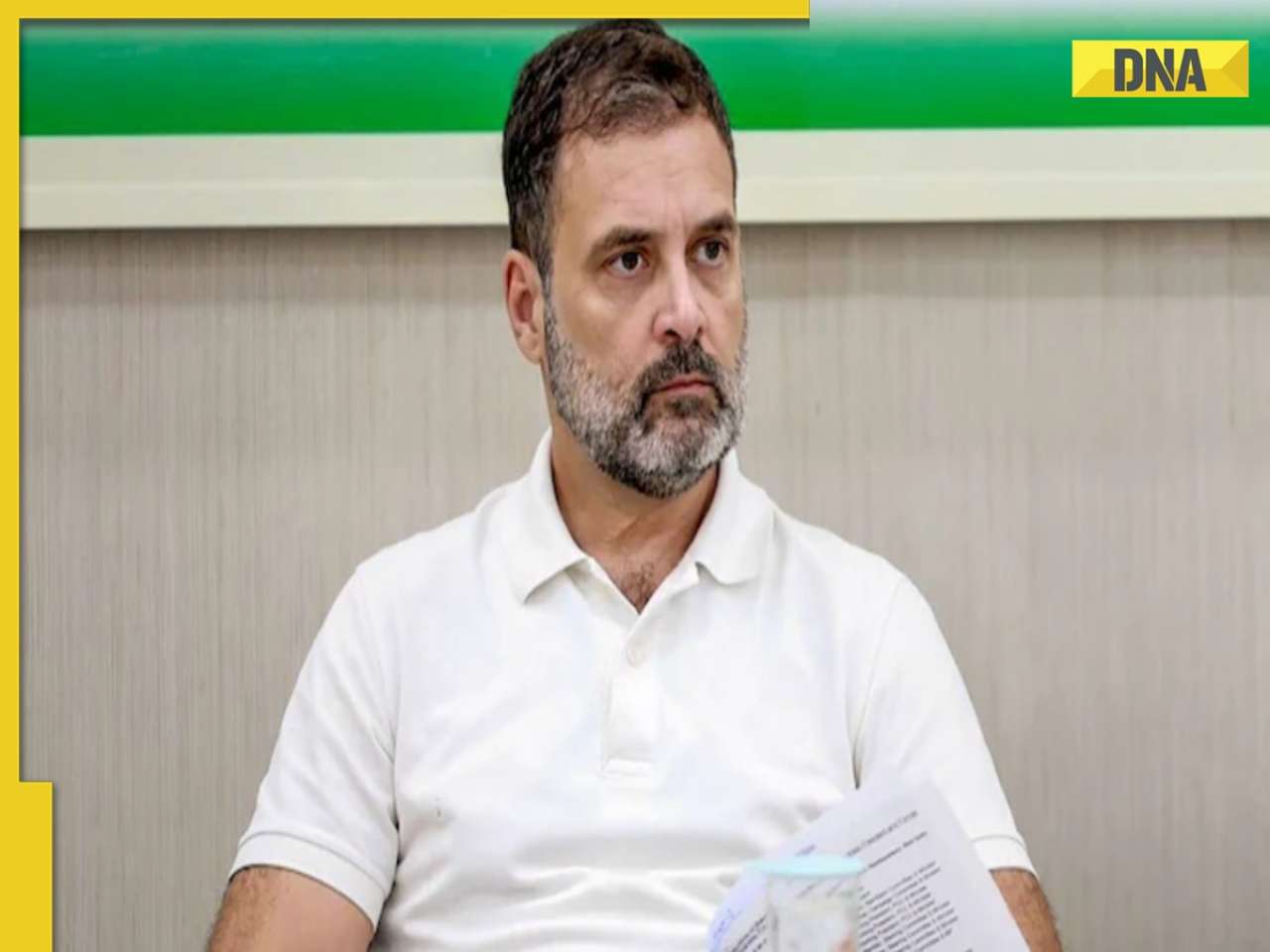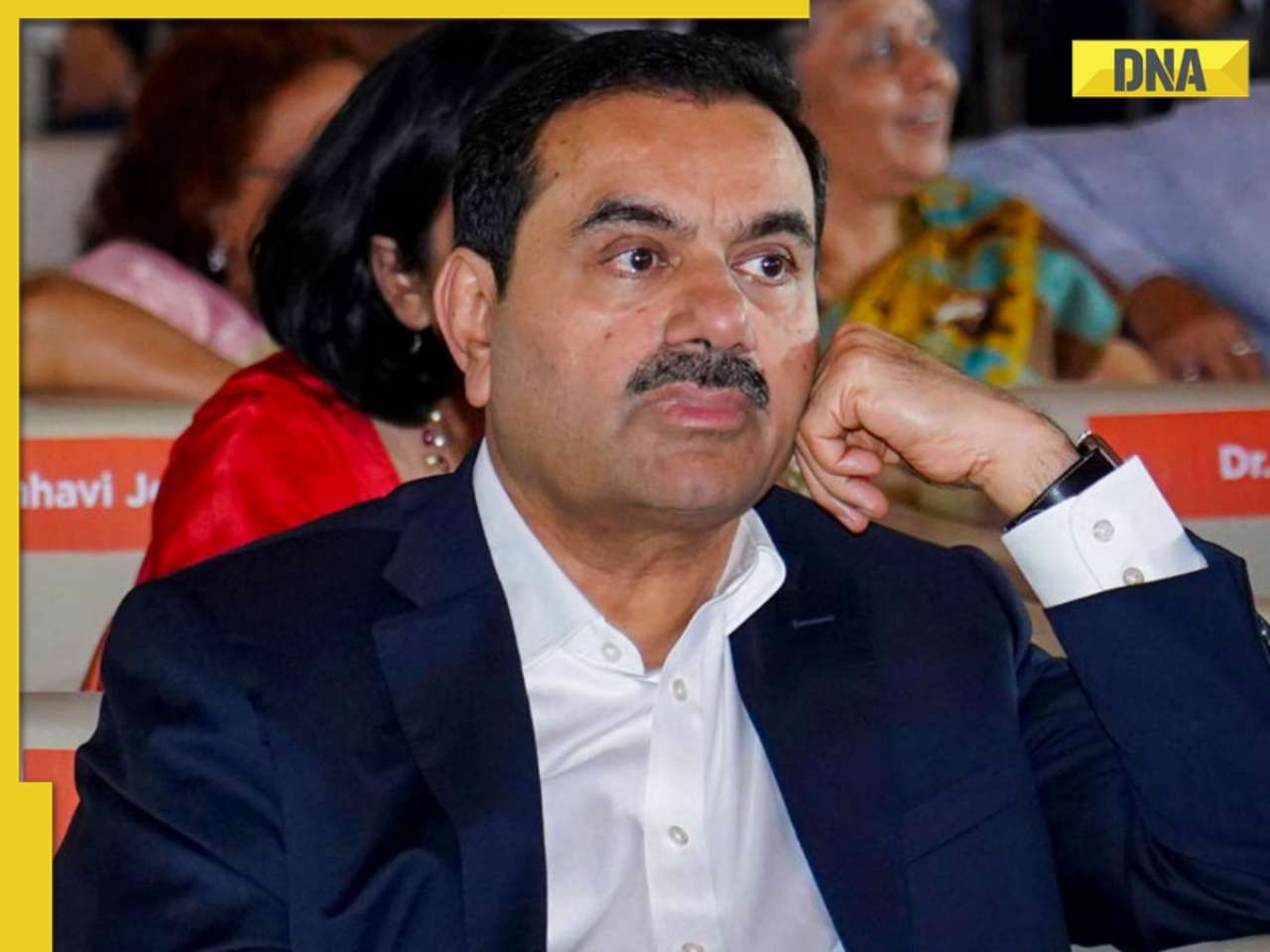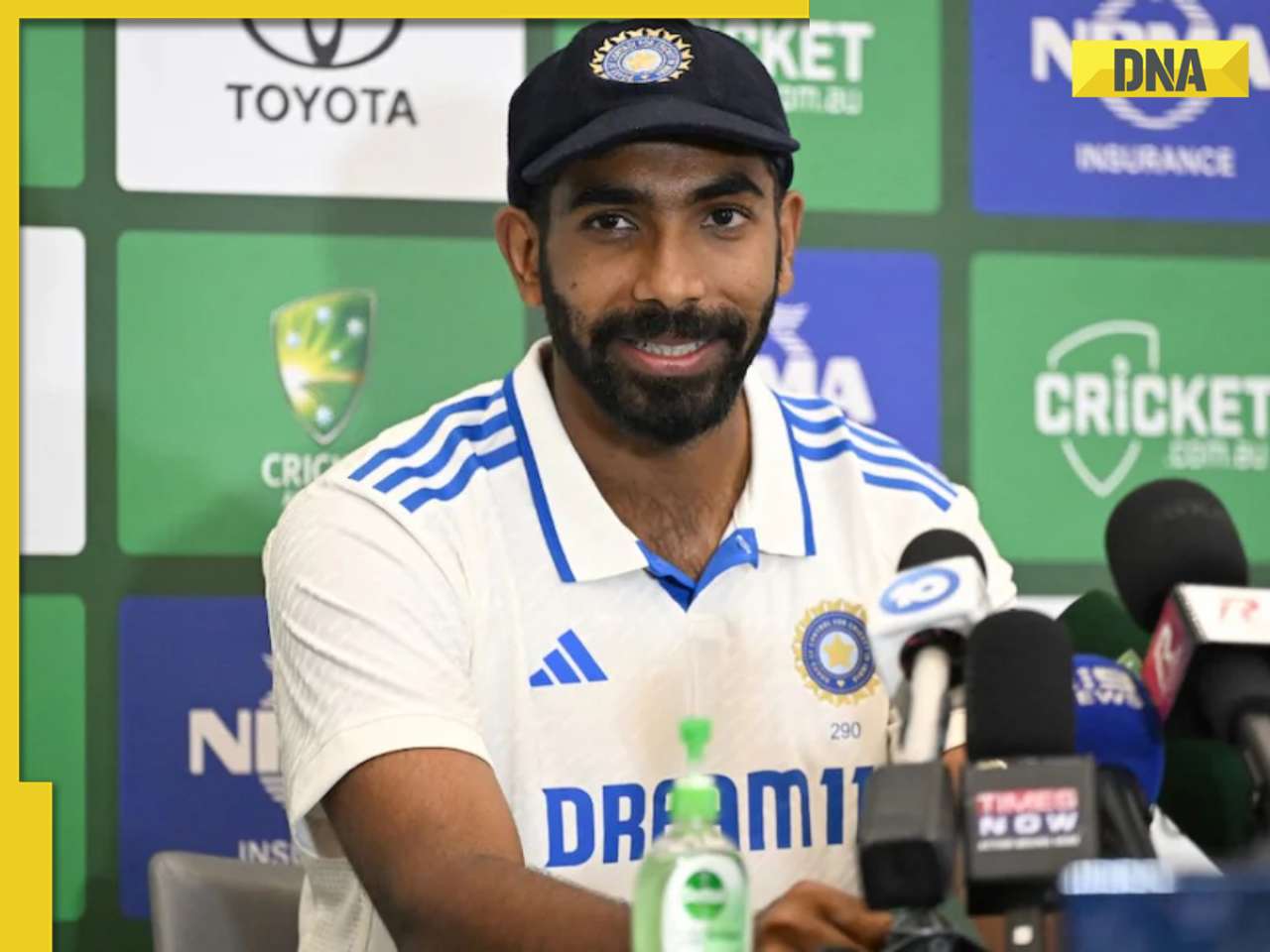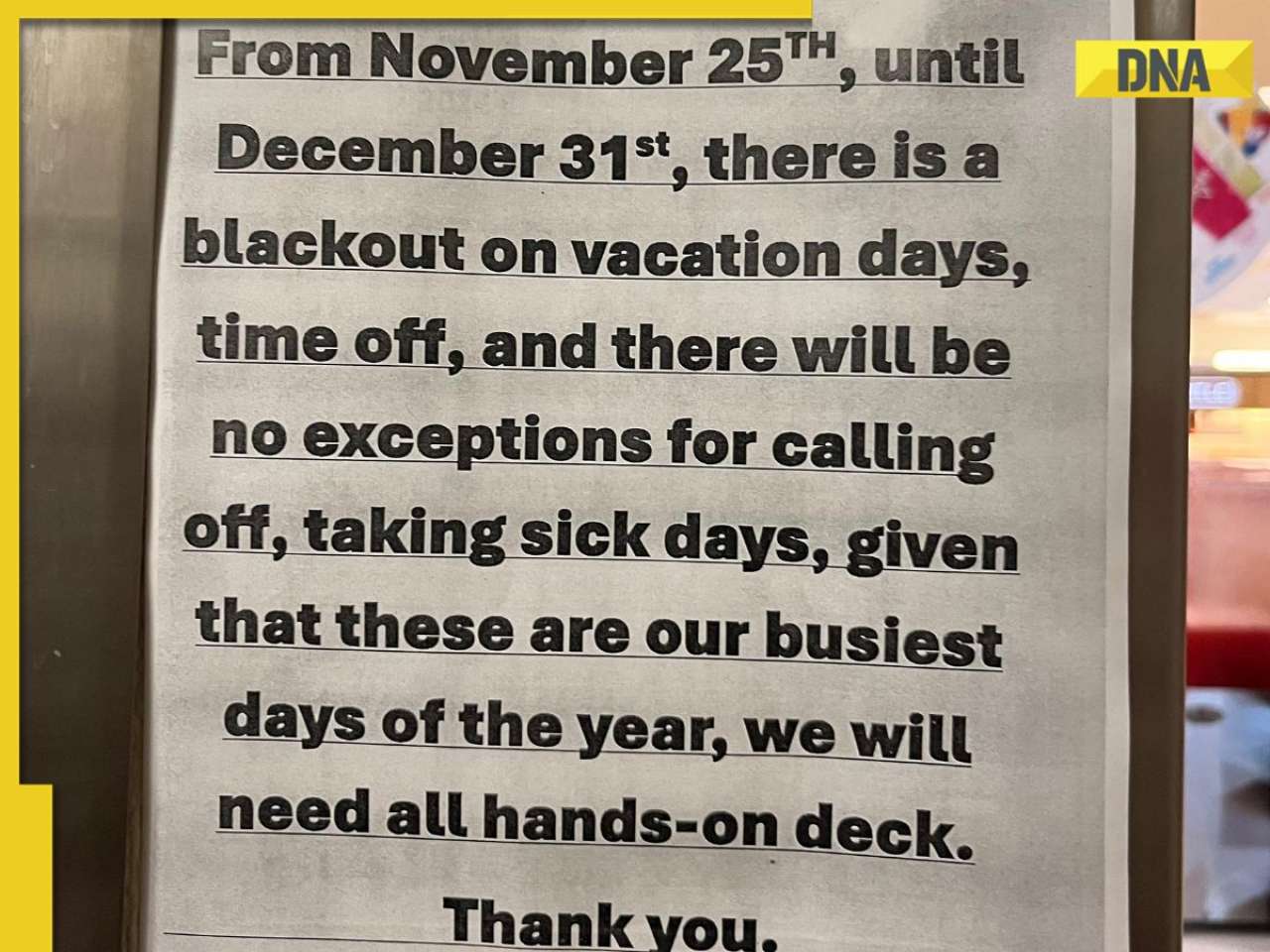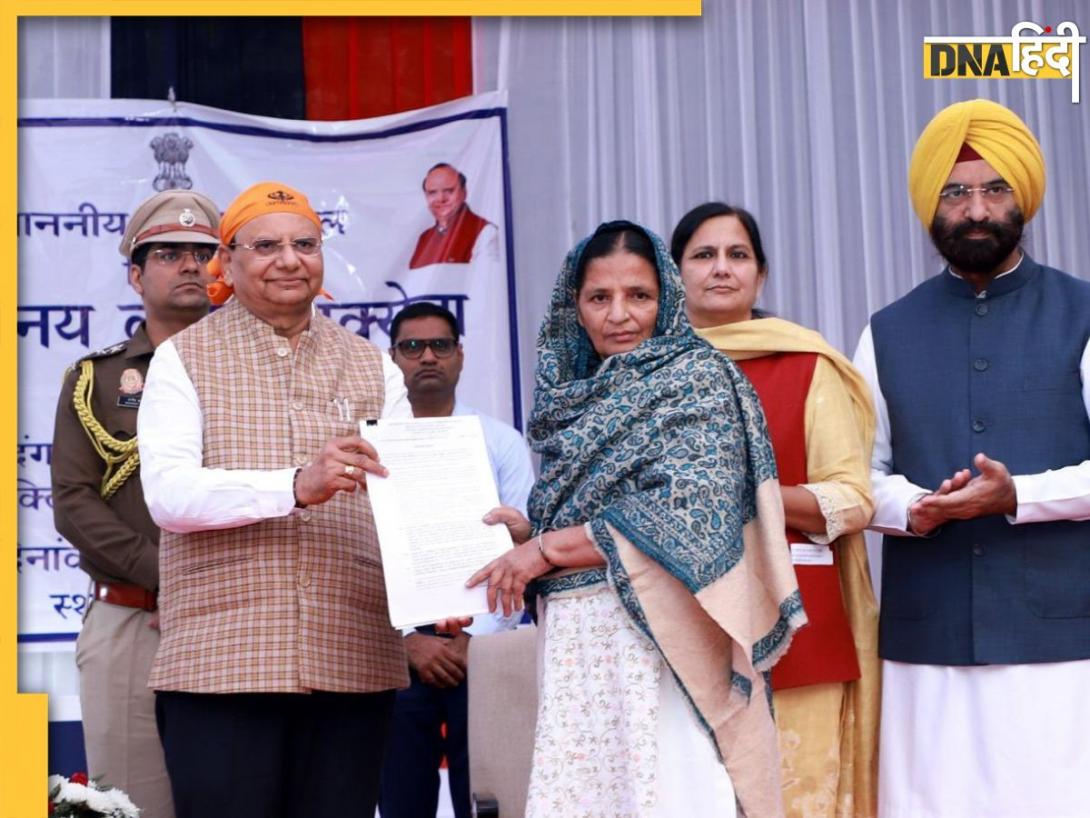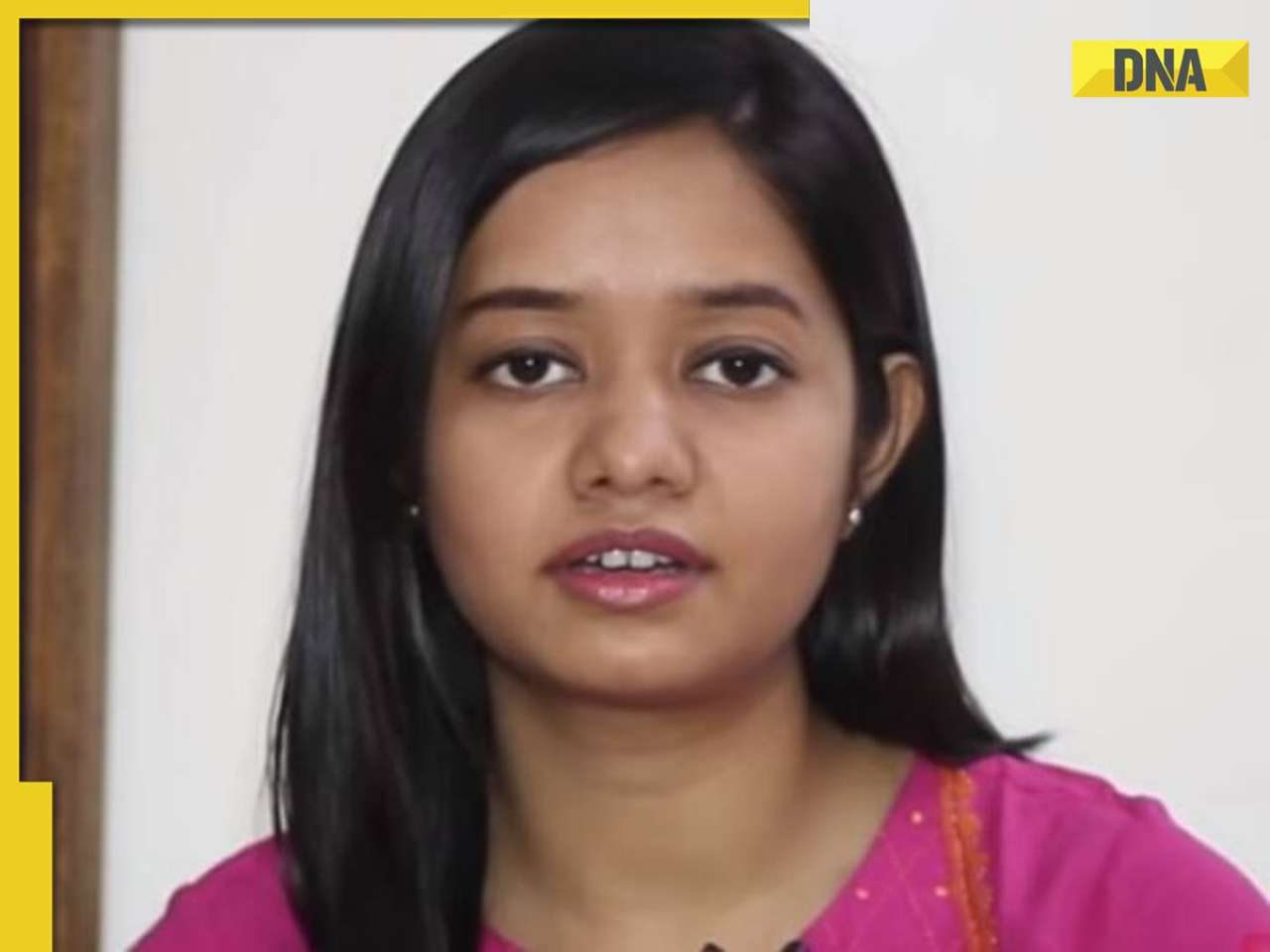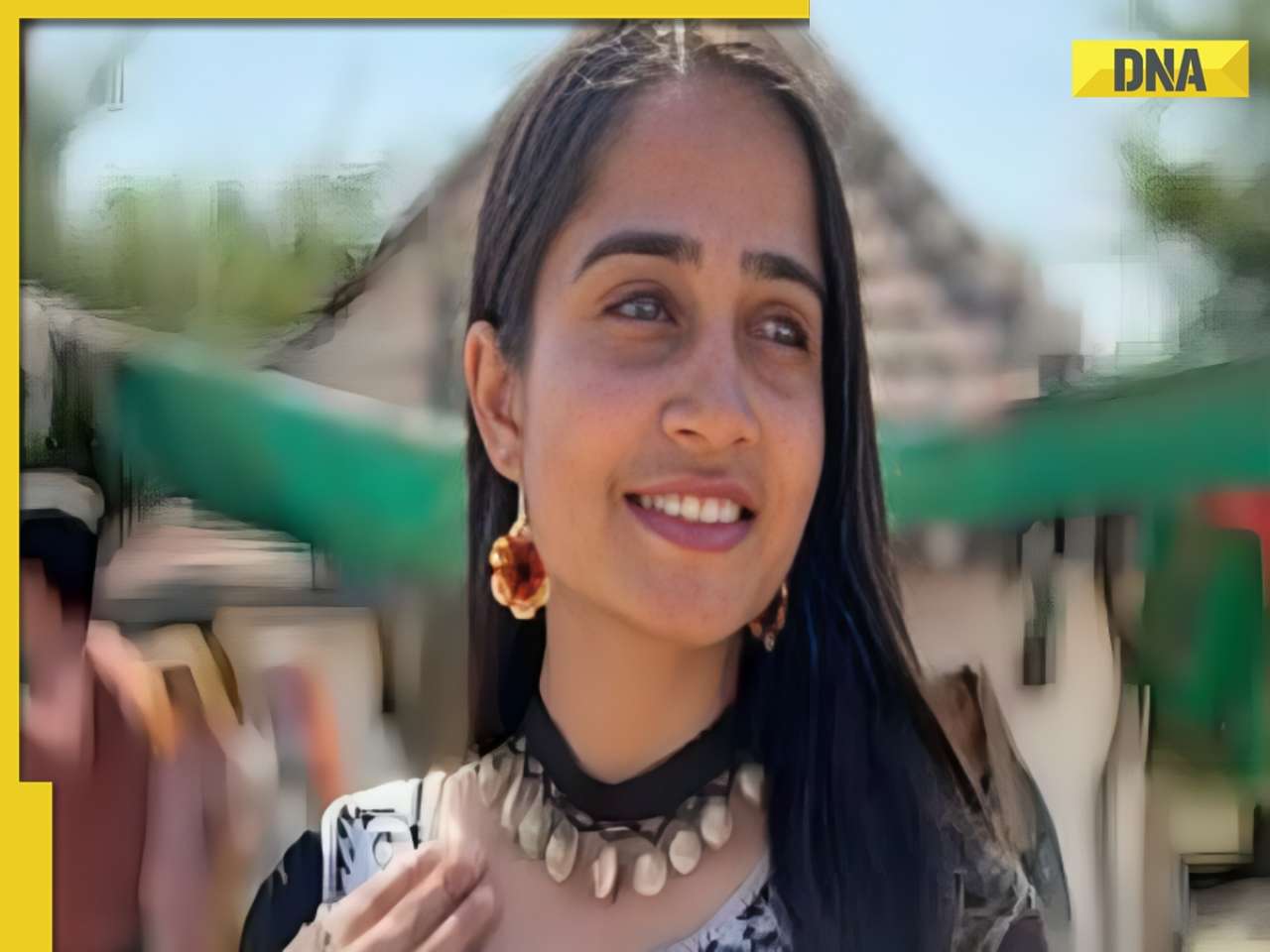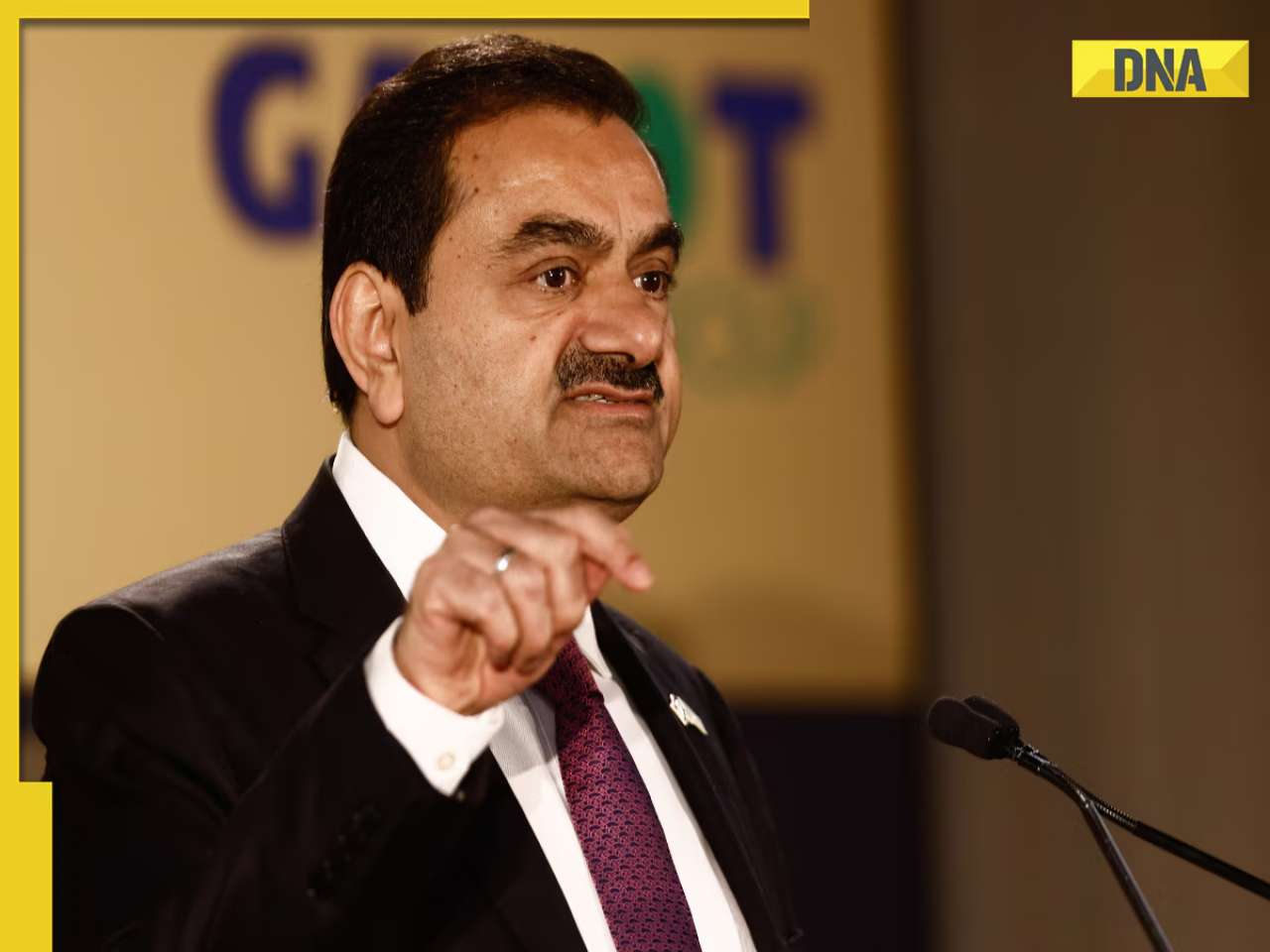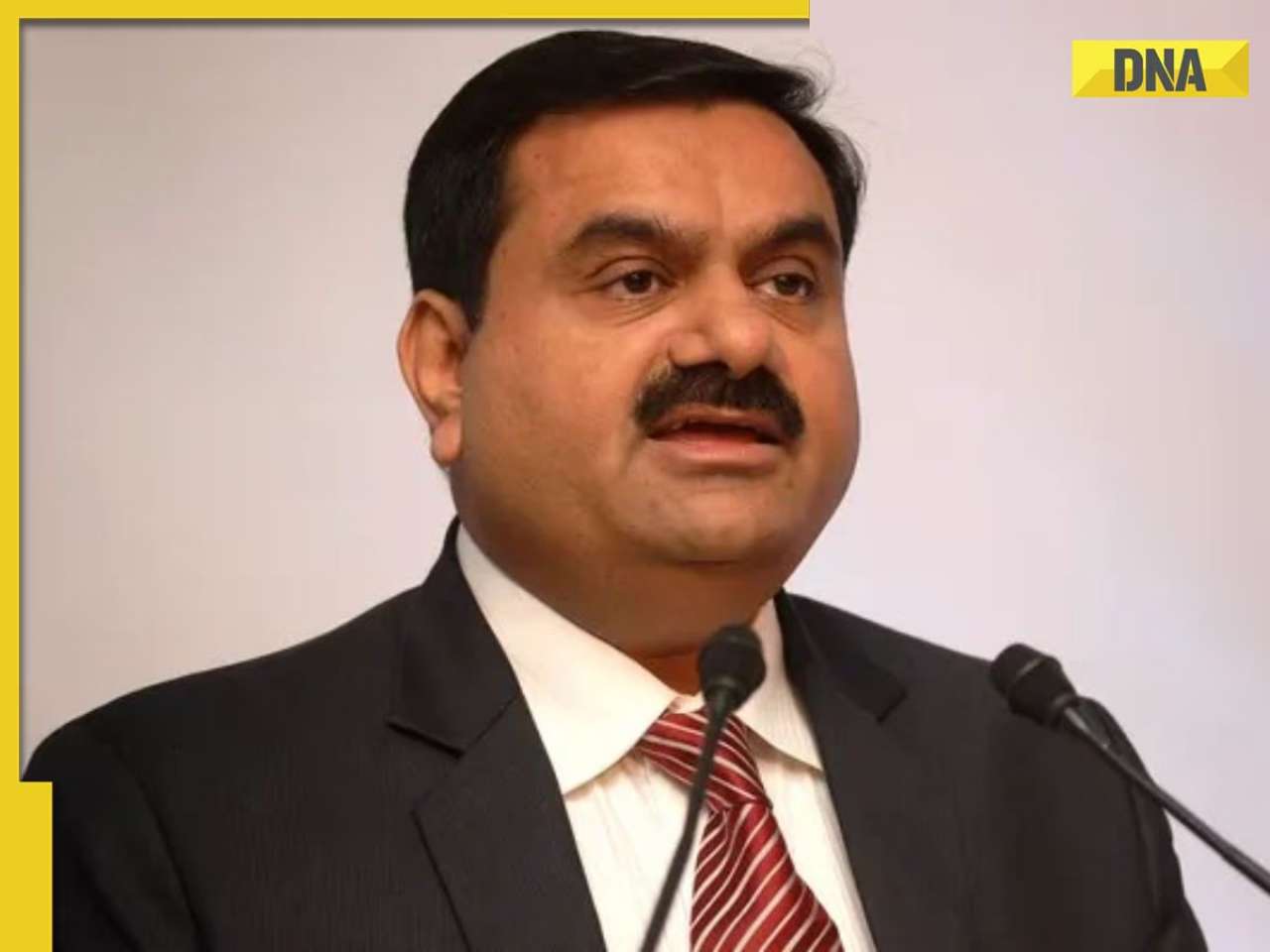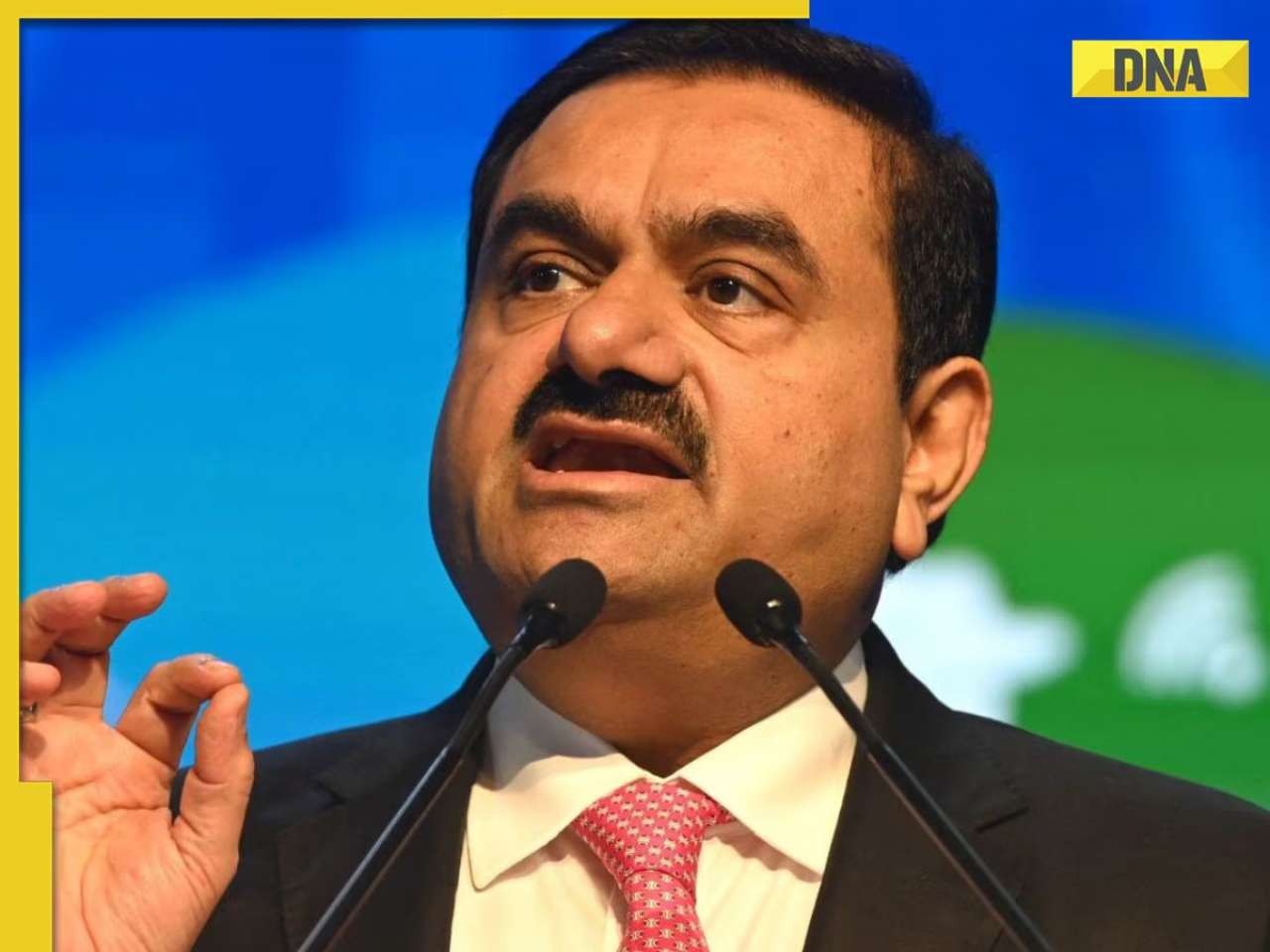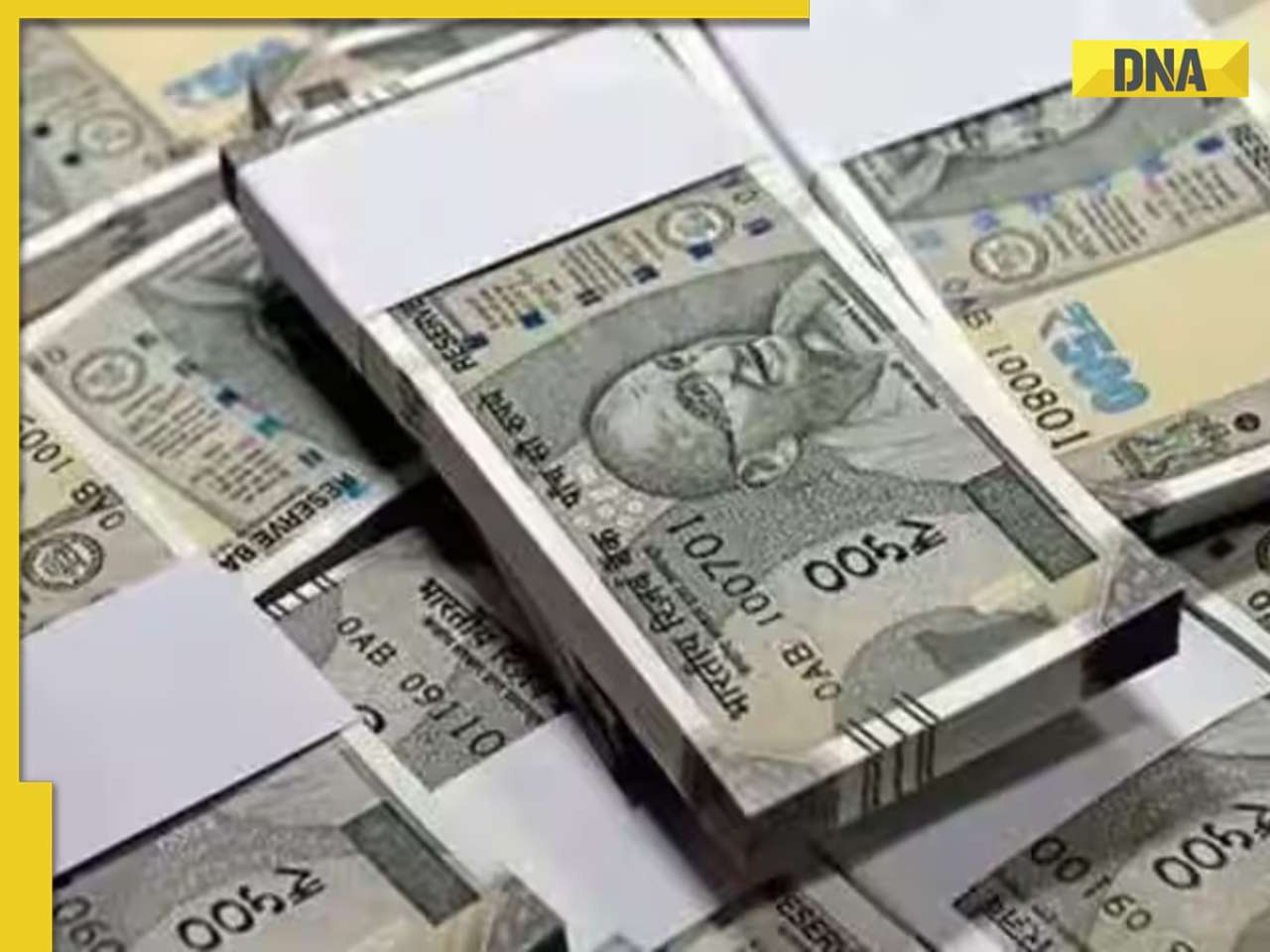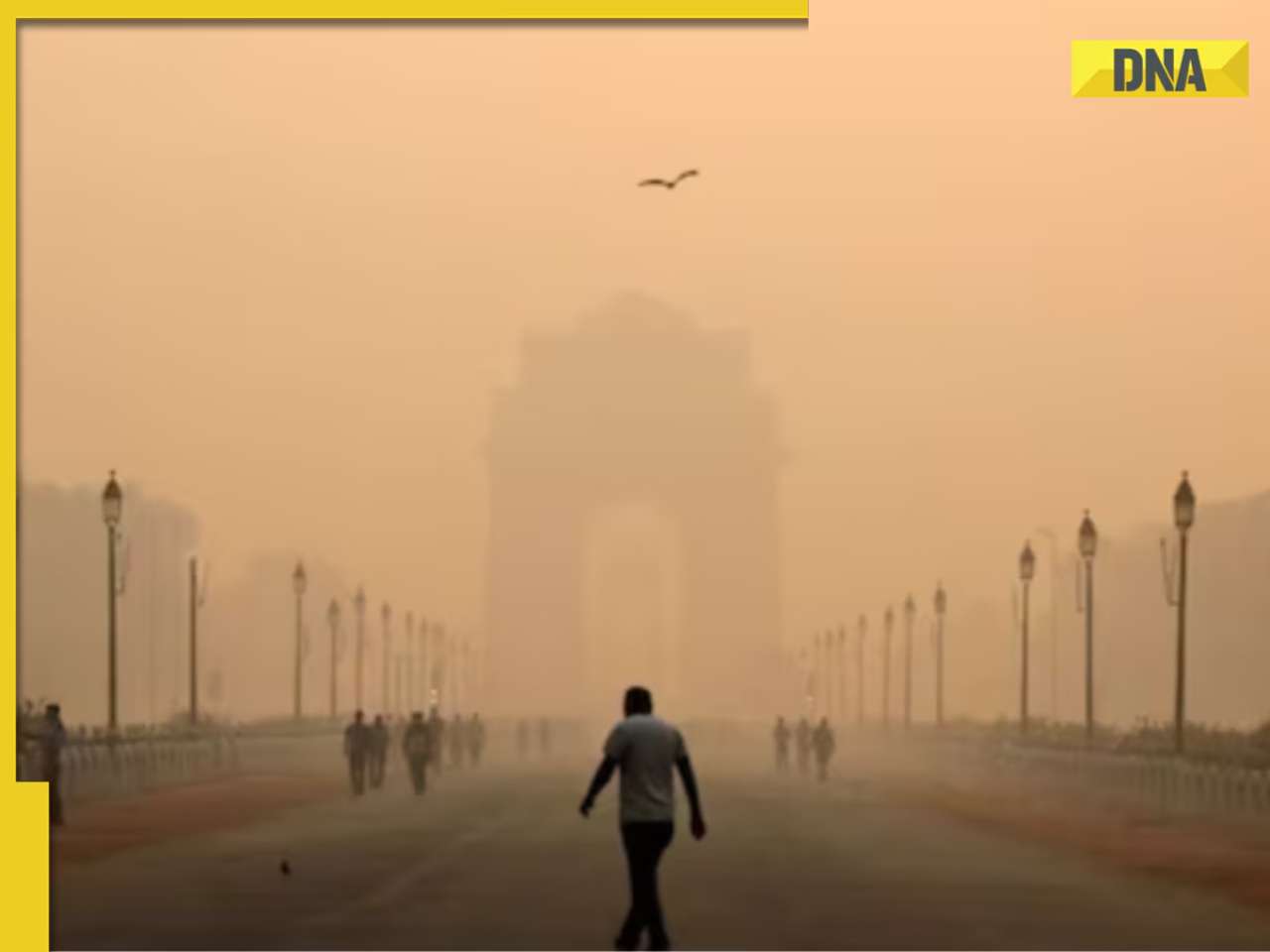- LATEST
- WEBSTORY
- TRENDING
ANALYSIS
Why do we celebrate Makar Sankranti on January 14 every year?
Mayank Vahia uses history and astronomy to explain why we celebrate this Indian festival on a specific day according to the solar calendar, instead of the lunar calendar like other festivals in the country.
TRENDING NOW
On January 14 every year, we celebrate Makar Sankranti. It is the only Indian festival celebrated on a fixed calendric day of the solar calendar. All other Indian festivals are celebrated as per the lunar calendar, which make their days of celebration on the solar calendar vary every year.
The difference is easy to see. In India, we follow a lunar calendar; the moon goes from new moon to new moon or full moon to full moon in 29.5 days. We get 12 full moons in 354 days, making a lunar calendar year 354 days long. However, the Sun returns to the same spot in the sky every 365.25 days. So, there is a difference of 11.25 days between the solar and lunar years. Every 2.5 years, therefore, an intercalary month (the Adhik Maas) is added to the lunar calendar to roughly synchronise the two.
This is crucial because weather patterns follow the solar calendar, not the lunar. On the other hand, accurate ‘mahurat’ (or ‘muhurat’) calculations are better done with the relatively faster moving moon. In fact, to make such calculations more accurate, the path of the moon, which is slightly off from the path of the sun, is divided into 27 ‘nakshatras’ while the path of the sun is divided into 12 ‘rashis’.

All this is simple and good. The exact calculations are a bit more complex since the fractions given above are not exact. Moreover, Indian calculations are done with natural numbers rather than fractions, so numbers have to be magnified accordingly.
But the problem of Makar Sankranti is unique: it goes entirely by the solar calendar. The clue to this mystery lies in the fact that Makar Sankranti is also called Uttarayan, or the day on which the sun begins its northward journey.
The solar calendar itself is fairly rigid (except for the 0.25 at the end of 365 which in reality is 365.256363004 days). So this additional 0.006363004 over 365.25 means that we slightly over compensate when in a leap year we add February 29. To re-correct for it, we don’t have a leap year in the years ending with 00. This gives a reasonably accurate and stable calendar.
In this system, the sun enters different zodiacs on a fixed day with an error of one day on either side depending on how close you are to the leap year. In the Indian system, this correction mechanism is more subtle and complex, and involves use of additional days with the same lunar date etc.
The path of the sun over one year is divided into ‘rashis’, which are identical to the zodiacs. These are given in the table below:
| Approximate Month | Zodiac | Rashi | Animal | |
| 1 | April | Aries | Mesha | Ram |
| 2 | May | Taurus | Vrishabh | Bull |
| 3 | June | Gemini | Mithuna | Couple |
| 4 | July | Cancer | Karkata | Crab |
| 5 | August | Leo | Simha | Lion |
| 6 | September | Virgo | Kanya | Virgin |
| 7 | October | Libra | Tula | Balance |
| 8 | November | Scorpio | Vrischika | Scorpion |
| 9 | December | Sagittarius | Dhanush | Bow |
| 10 | January | Capricorn | Makara | Alligator |
| 11 | February | Aquarius | Kumbha | Pot |
| 12 | March | Pisces | Meena | Fish |
So around mid-December, the sun rises in the Sagittarius or Dhanush, in January in Capricorn or Makara, and so on.
We celebrate January 14 as the day on which the sun begins to rise in the Makara Rashi, Sankranti meaning entering.
But then there is an additional problem. The Earth’s axis of rotation moves north-south. So if you look to the sky everyday and note where the sun rises, you will notice that in one year it drifts from north of east to south of east. The same will be true in the west if you track sunset. For the northern hemisphere, the further south the sun is, the less it remains in the sky and the colder it is on earth. This is visible in the image below:

Image credit here.
So the point at which the sun rises is crucial in deciding the seasons. When the sun starts moving south, the days get colder. In reality, because the Earth can store some heat and its daily motion is relatively small, it takes a few weeks after the sun begins to move south to get colder.
Hence, from time immemorial, the days on which the sun touches its northernmost and southernmost points are noted. These are called solstices – winter or summer. In Sanskrit, the journey southwards is called Dakshinayan, and the one northward is called Uttarayan, ‘dakshin’ and ‘uttar’ being south and north respectively.

Now the question is how to map this directional movement of the sun with its movement in the zodiac. In principle it is easy. We know the winter solstice falls on December 21, and hence Uttarayan begins on that day, while the summer solstice falls on June 21, when Dakshinayan begins.
So, why do we celebrate Uttarayan on Makar Sankranti, when, as you must have realised, it should be celebrated on Dhanu Sankranti? This is where history comes in.
While the exact day on which the winter or summer solstice occurs remains steady (within one day error), there is a slight change in the way the Earth’s rotation axis is aligned to the sun, as can be seen from the figure below:

Image credit here.
Hence, over a period of a few hundred years, this drift means that even though the sun begins its Uttarayan on December 21, it is not in the Makara rashi as it was about 1,500 years ago. So, 1,500 years ago, during the time of Aryabhata, the Uttarayan and Makar Sankranti coincided. Now Makar Sankranti comes on January 14, but Uttarayan happens on Dhanu Sankranti!
So what should we celebrate? Well, if you want to celebrate Uttarayan, do it on December 21, but if you want to celebrate Makar Sankranti, January 14 is about right. Incidentally, it also means that winter, which is at its peak in January and February, used to be at its peak in February and March at the time of Aryabhata. Also, the Dhruva Tara was about 5o off from the exact pole, close enough to be called stationary, but still, to a discerning eye, it would have wobbled a little.
If you want to observe this yourselves, I would suggest you download a freely distributed software called Stellarium (available here) and play with it a little.
Dr Mayank Vahia is a scientist working at the Tata Institute of Fundamental Research since 1979. His main fields of interest are high-energy astrophysics, mainly Cosmic Rays, X-rays and Gamma Rays. He is currently looking at the area of archeo-astronomy and learning about the way our ancestors saw the stars, and thereby developed intellectually. He has, in particular, been working on the Indus Valley Civilisation and taking a deeper look at their script.
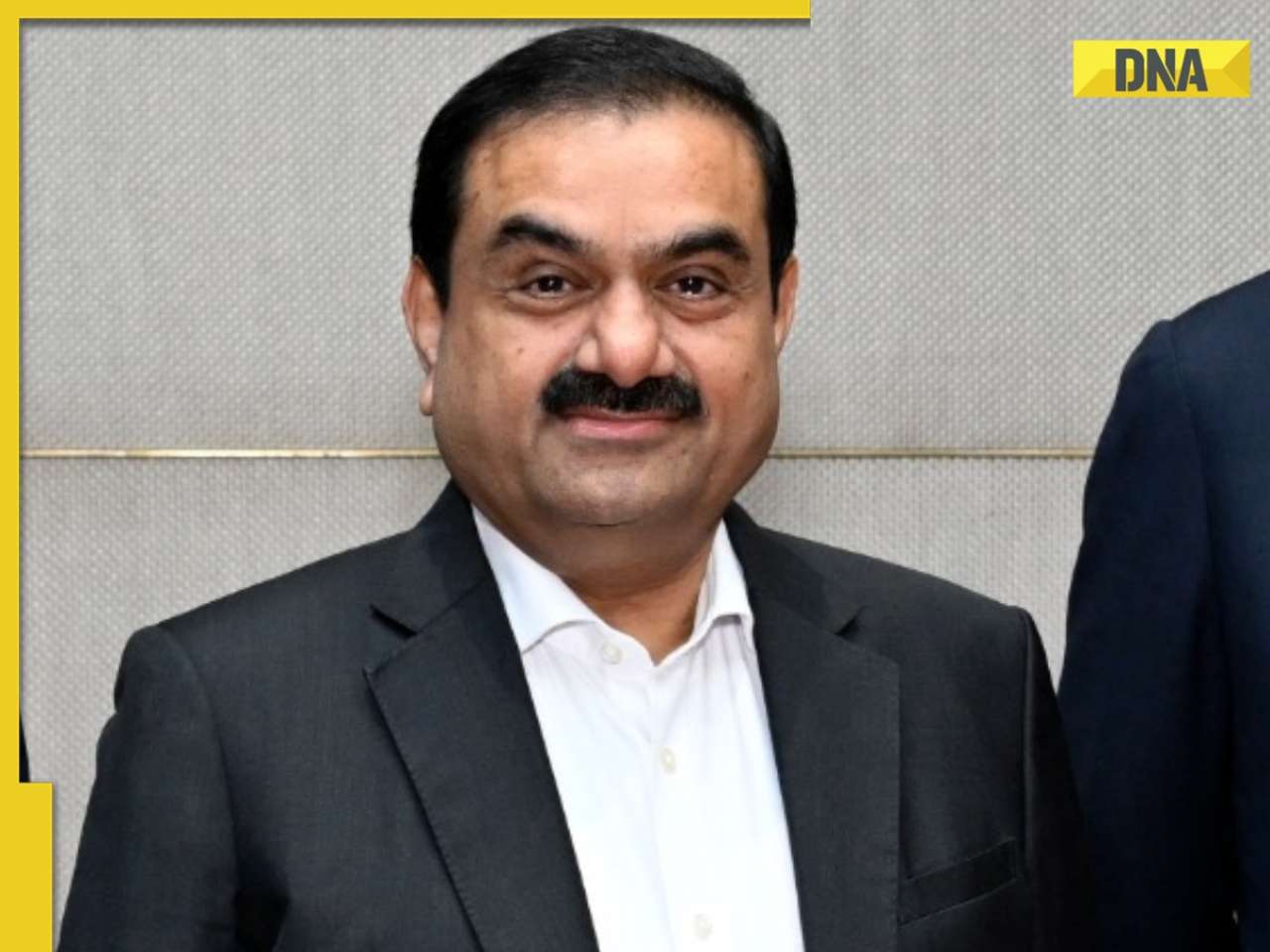




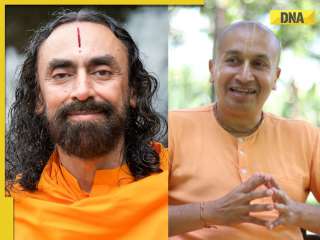

)
)
)
)
)
)
)
)
)
)
)
)
)
)
)
)





